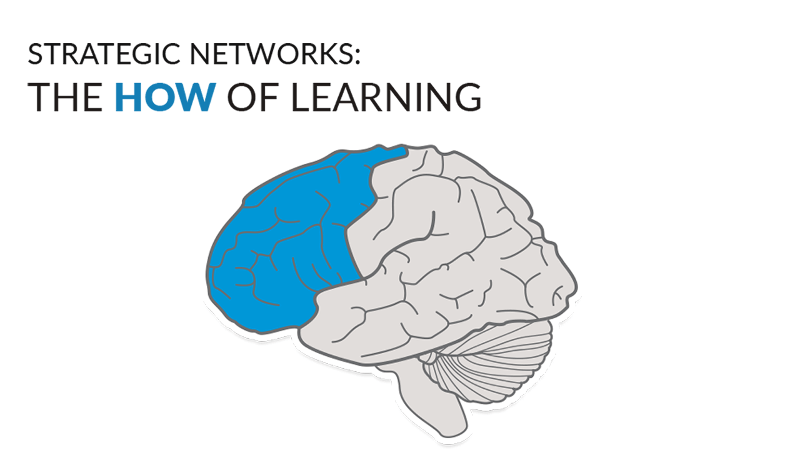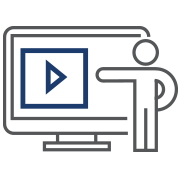Universal Design For Learning
“Universal design for learning (UDL) is a framework to improve and optimize teaching and learning for ALL people based on scientific insights into how humans learn.” — Center for Applied Special Technology (CAST)
About UDL
When some instructors think of accessible design, they think of limitations in the type or amount of material they are able to present. But you wouldn’t think of those same limitations of an accessible, or universally designed building on campus, would you? EVERYONE can benefit from built-in accessibility structures within a public building – this idea transfers to building accessible learning experiences for ALL within the foundation of your course structure.
The Universal Design for Learning (UDL) guidelines are available to inform your course design to create accessible learning for all students. They can help you maximize student engagement and achievement with even the most complicated subjects. UDL is a skeleton for creating and scaffolding all content for all people, helping them to access, achieve, and solve their learning struggles.

Universal Design for Learning Guidelines
UDL is a framework that utilizes discoveries from cognitive neuroscience to increase learning and engagement for every type of learner. It has three key components: multiple means of Engagement (“Why” of learning), multiple means of representation (“What” of learning), and multiple means of action & expression (“How” of learning).

Engagement
For purposeful, motivated learners, stimulate interest and motivation for learning.

Representation
For resourceful, knowledgable learners, present information and content in different ways.

Action & Expression
For strategic, goal-directed learners, differentiate the ways that students can express themselves.
Accessible Source: CAST
UDL at a Glance
See how the UDL framework guides the design of instructional goals, assessments, methods, and materials that can be customized and adjusted to meet individual needs. As you watch the video, think of strategies you might implement in your own class and how this might change your perception of what an “accessible” course looks like.
UDL in Course Design
CAST has developed a set of UDL guidelines to use as a tool to implement effective strategies for activating each of the important neural networks or “learning pillars” throughout your course design. You can download the convenient graphic organizer version of these guidelines listed in the “Additional Resources” section at the bottom of this page. The CAST website also has a repository of Free UDL Learning Tools and resources to support the creation of new content!
When it comes to learning, variability is the rule, not the exception. Universal Design (UDL) is an educational framework that guides the design of learning goals, materials, methods, and assessments as well as the policies surrounding these curricular elements with the diversity of the learners in mind.
— Center for Applied Special Technology (CAST)
UDL in Higher Education
Learn how UDL can help diverse learners in higher education settings.

Course Design
Plan and design curriculum with variability in mind

Media and Materials
Use digital media to create flexible learning environments

Accessibility and Policy
Ensure learning opportunities are inclusive of all
Additional Resources
Below is a list of additional resources for ideas on how to incorporate principles of UDL into your course design:
